Have yourself a merry little Christmas
Let your heart be light
From now on, our troubles will be out of sight
Have yourself a merry little Christmas
Make the Yuletide gay
From now on, our troubles will be miles away
Here we are as in olden days
Happy golden days of yore
Faithful friends who are dear to us
Gather near to us once more
Through the years we all will be together
If the fates allow
So hang a shining star upon the highest bough
And have yourself a merry little Christmas now
Writer/s: Hugh Martin, Ralph Blane
Publisher: Sony/ATV Music Publishing LLC
Lyrics licensed and provided by LyricFind
“Have Yourself a Merry Little Christmas“, a song written by Hugh Martin and Ralph Blane, was introduced by Judy Garland in the 1944 MGM musical Meet Me in St. Louis. Frank Sinatra later recorded a version with modified lyrics. In 2007, ASCAP ranked it the third most performed Christmas song during the preceding five years that had been written by ASCAP members. In 2004 it finished at No. 76 in AFI’s 100 Years…100 Songs rankings of the top tunes in American cinema.
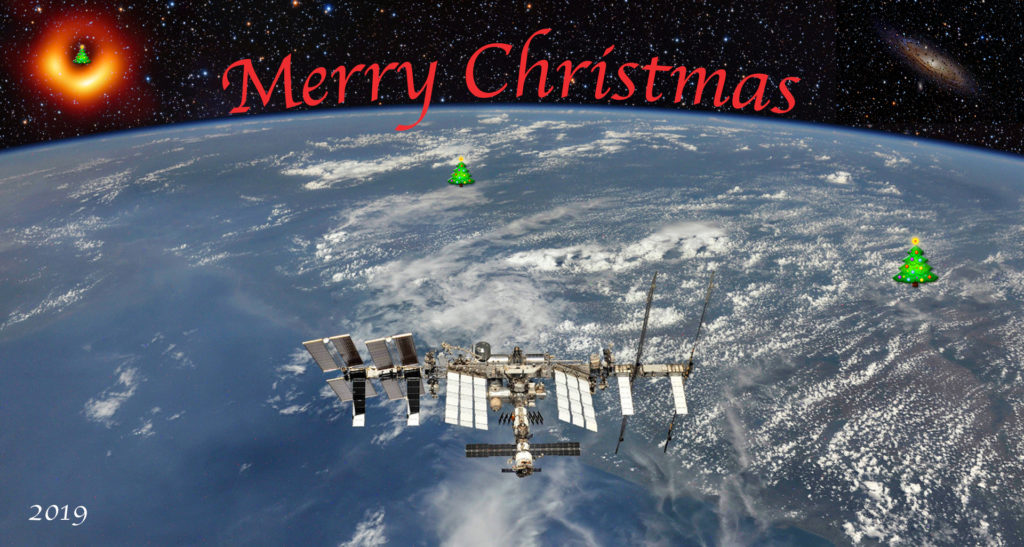
Past years …
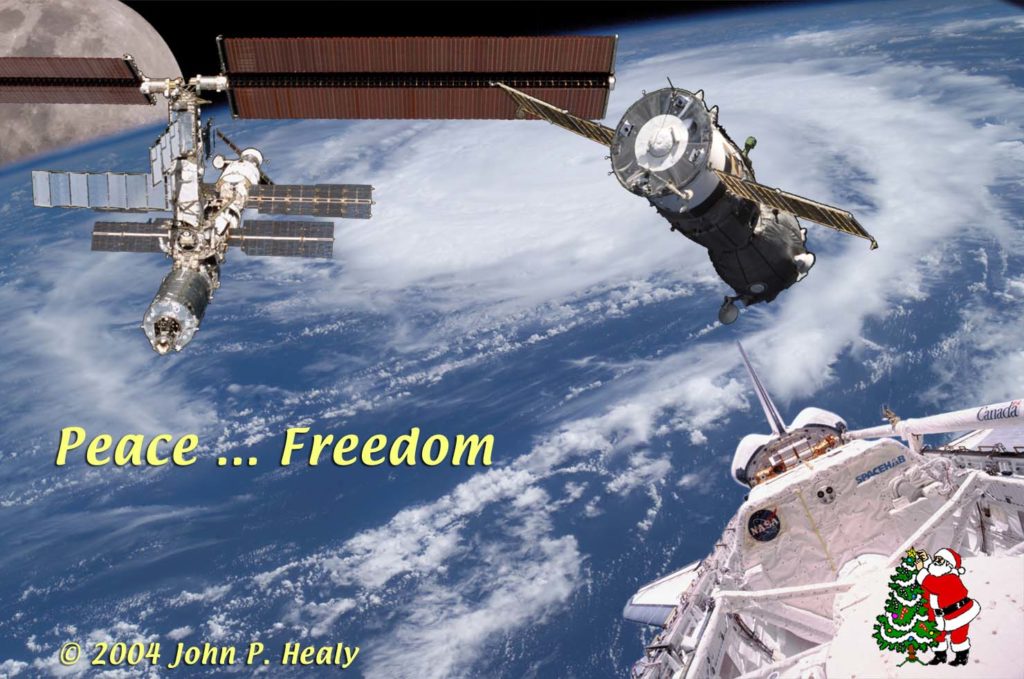
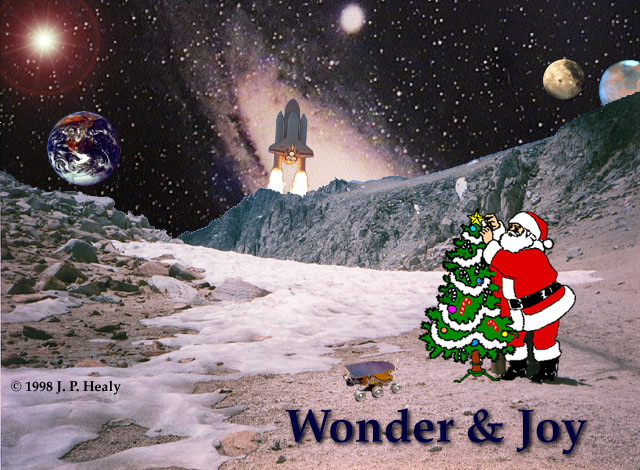
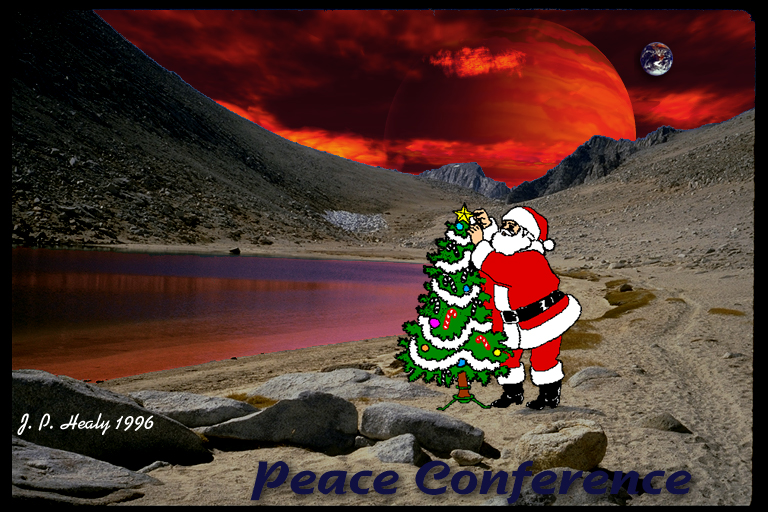
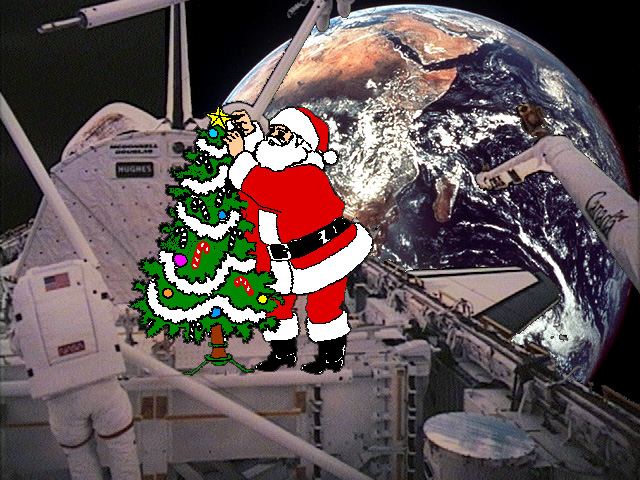

As 2019 and the past decade close, a retrospective …
Space.com > “The Decade in Astronomy: These Space Discoveries Shaped the 2010s” by Sarah Wells (December 27, 2019)
Excerpts from the article:
Note: Space.com > “Historic 1st Photo of a Black Hole Named Science Breakthrough of 2019” by Charles Q. Choi (December 19, 2019)
More retrospective as we start the new year …
Space.com > “Asteroids, Comets, Black Holes — Oh My! The Year 2019 in Astronomy” by Nola Taylor Redd (December 27, 2019)
And highlights in physics for 2019 …
Quanta Magazine > “The Year in Physics” by Michael Moyer (December 23, 2019) – Physicists saw a black hole for the first time, debated the expansion rate of the universe, pondered the origin of time and modeled the end of clouds.
A Black Hole Seen for the First Time
Controversy Over the Growing Universe [the expansion rate]
The End of the Proton Problem [the radius of the proton]
Where Do Time and Space Come From?
Material Surprises [graphene “twistronics”]
Quantum Theory Gets Weirder [e.g., “quantum trajectory theory”]
Planet-Size Problems [cloud cover and climate change / burning]